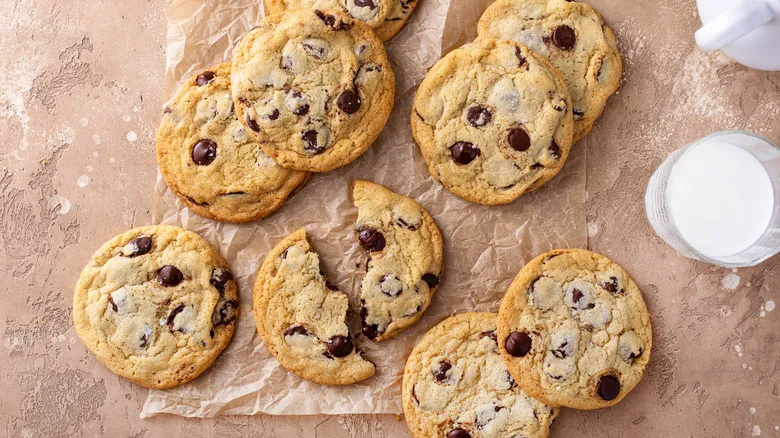What is parchment paper?
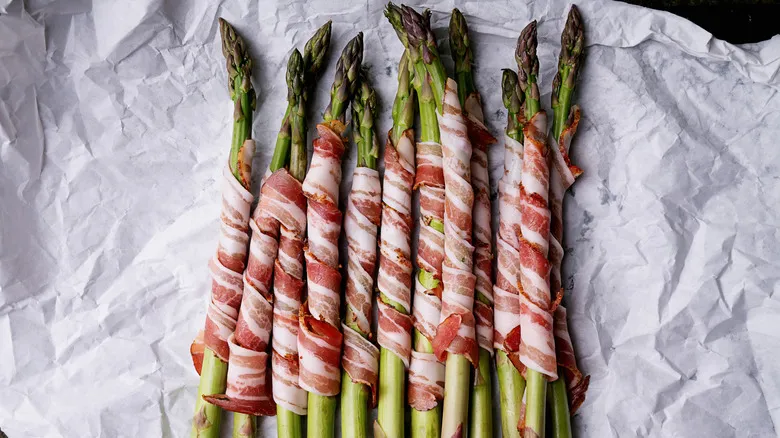
Parchment paper is made from the fibers of cotton or flax, as well as from fir trees. This baking paper is then treated with silicone or a chemical known as Quilon to enhance its heat resistance, grease-proof qualities, and, most importantly, its nonstick properties. To achieve a bright white appearance, bleached parchment paper undergoes a chlorine treatment. When baking with either bleached or unbleached parchment paper, there is virtually no difference in the browning or rising of your baked goods; the results will be the same.
Recently, concerns have been raised regarding the health implications of using bleached and coated parchment paper. Questions have emerged about the chromium found in Quilon-lined parchment paper and its potential toxicity at very high temperatures. Additionally, many people choose to avoid bleached parchment paper due to the industrial bleaching process of paper pulp, which releases a substance called dioxin that can have negative health effects. While Quilon-lined paper is often preferred for its lower cost, bleached parchment paper is also generally less expensive. However, all types of food-grade parchment paper have been considered safe for home cooking. Ultimately, the decision is yours.
Recommended
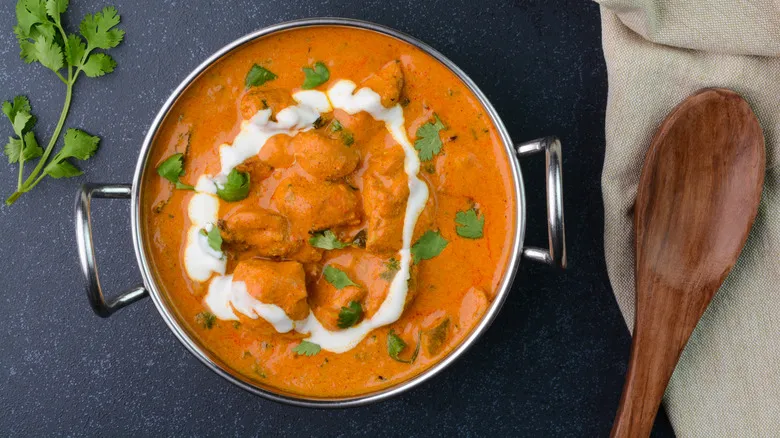
The Simple Swap You Need For Dairy-Free Curry. (It's Not Coconut Milk)
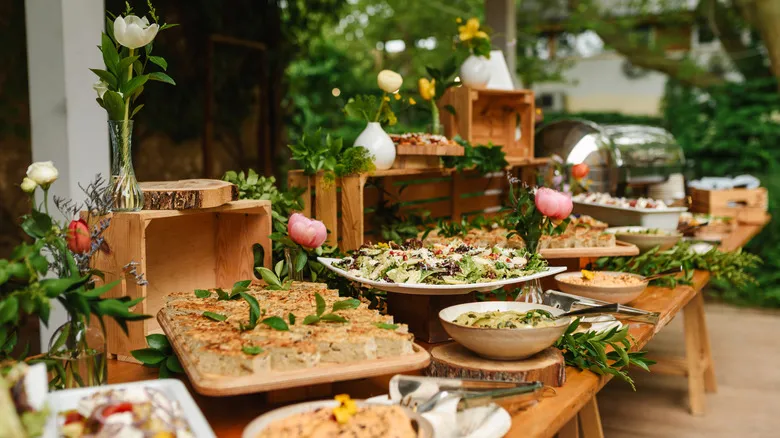
This Genius Tip Helps You Fit More Food In Your Buffet Space

Which Cheese Rinds Are Actually Edible?
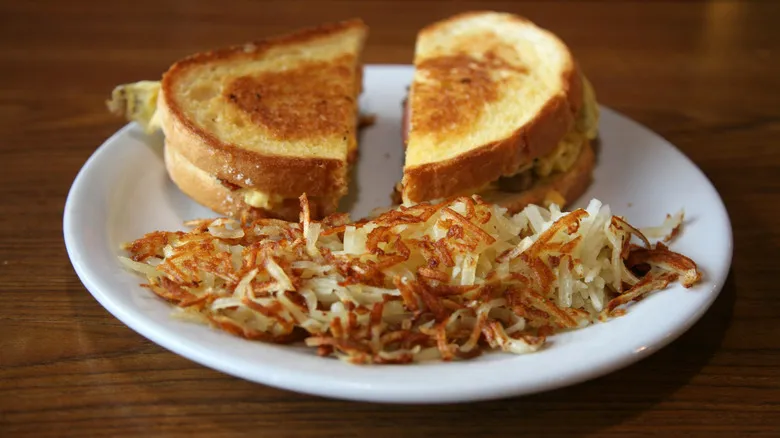
12 Common Mistakes To Avoid When Making Homemade Hash Browns
Next up

